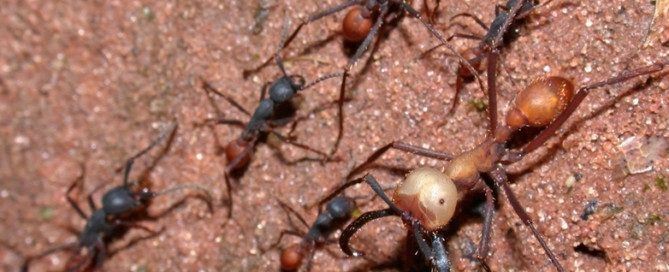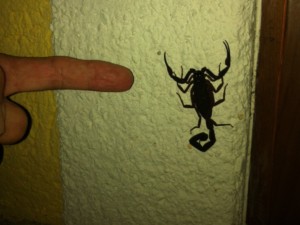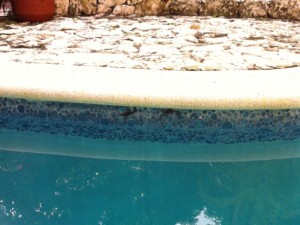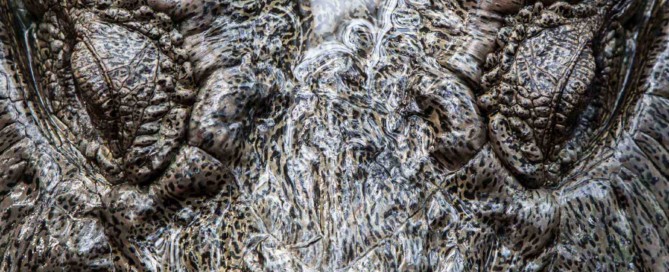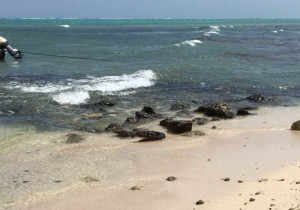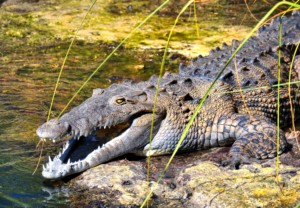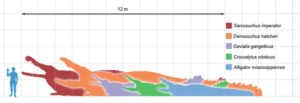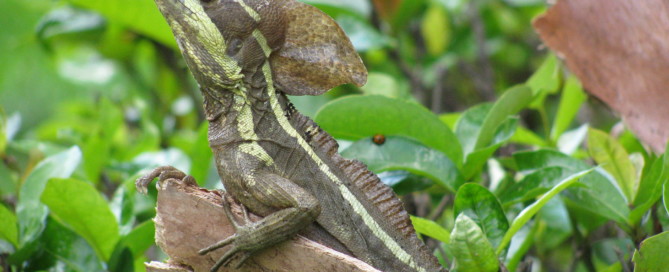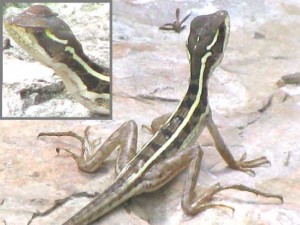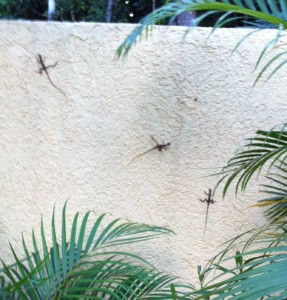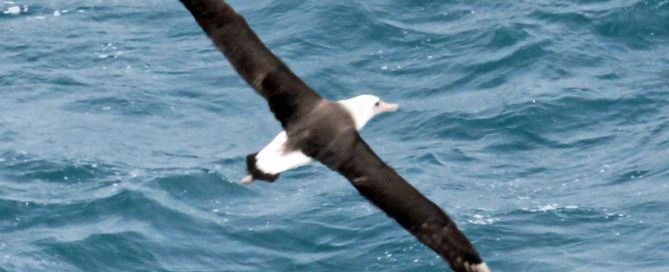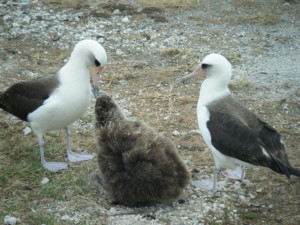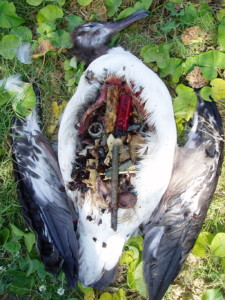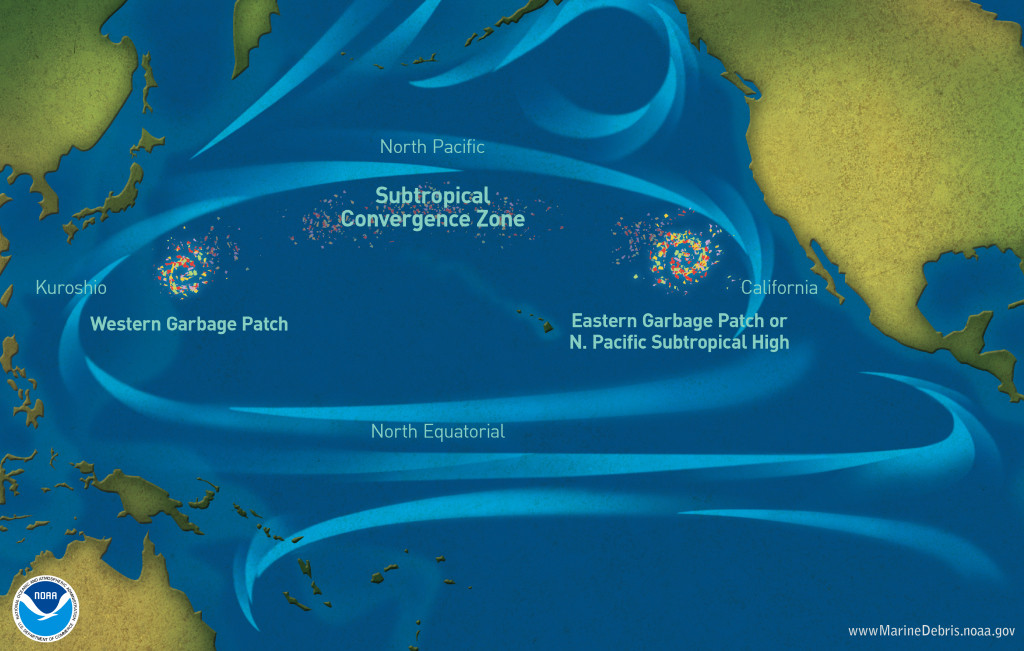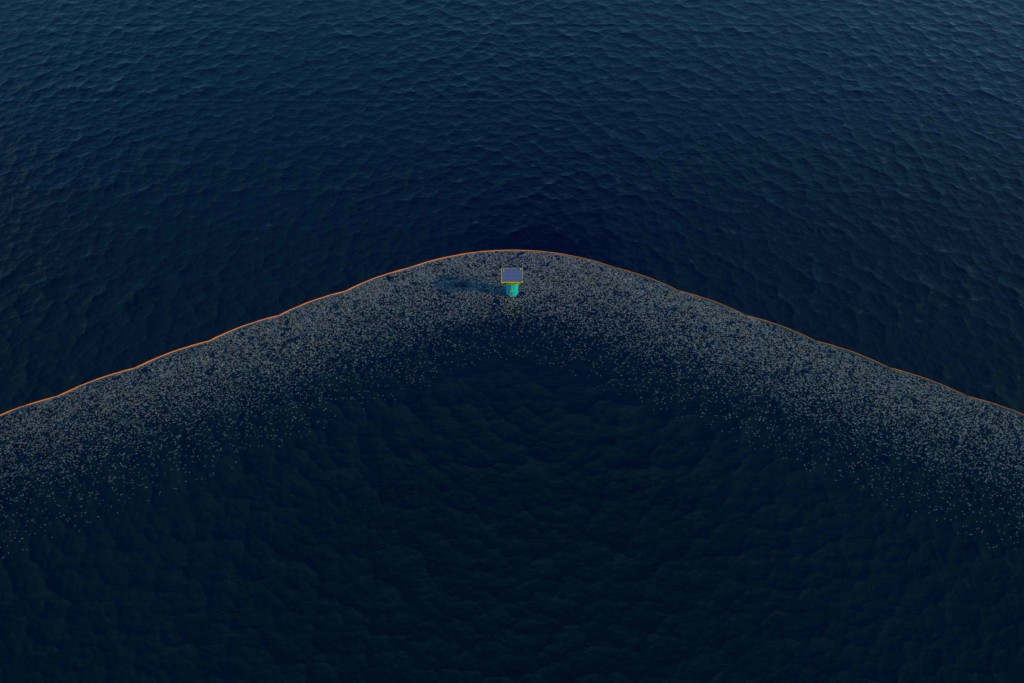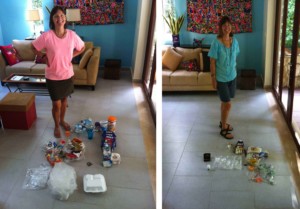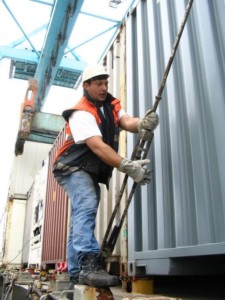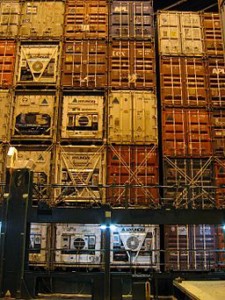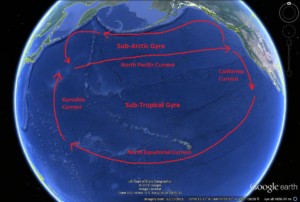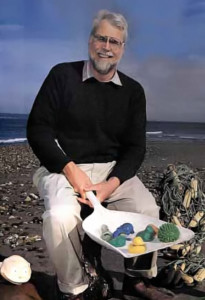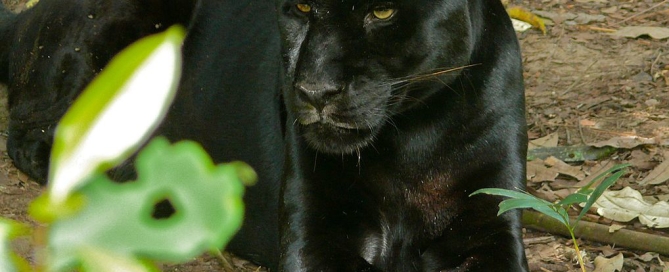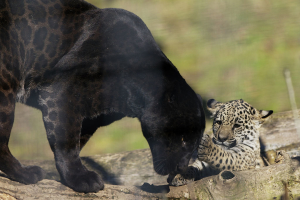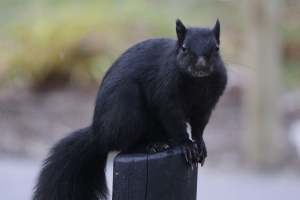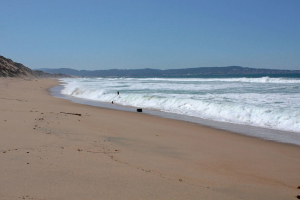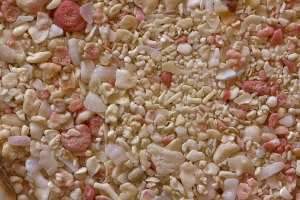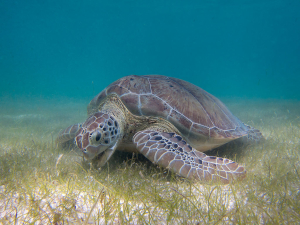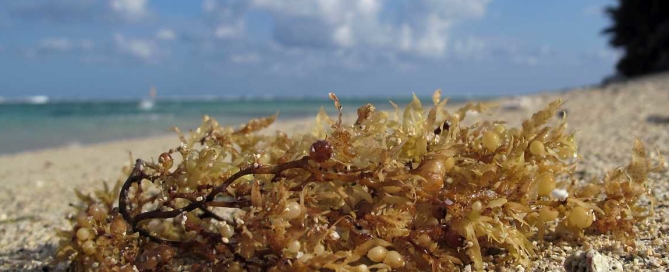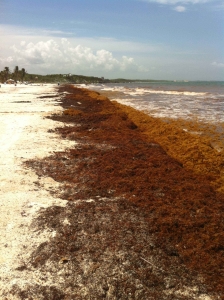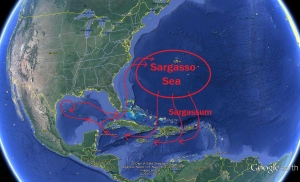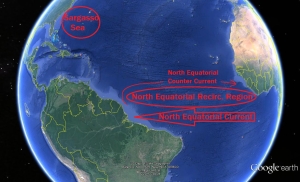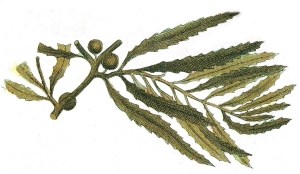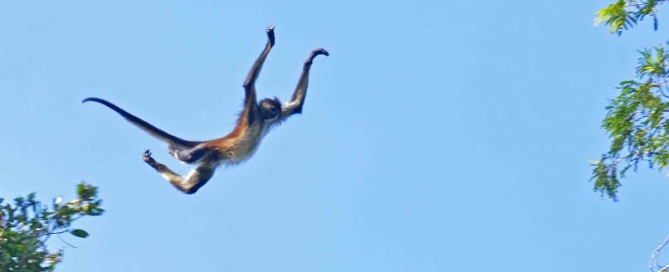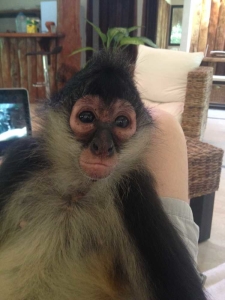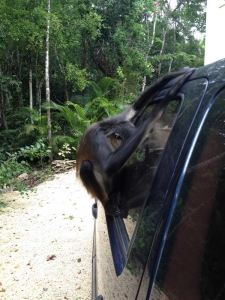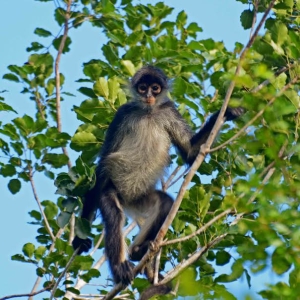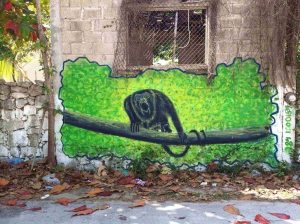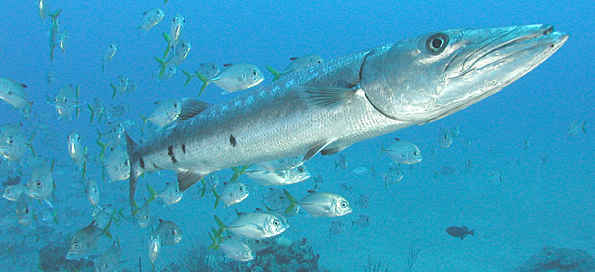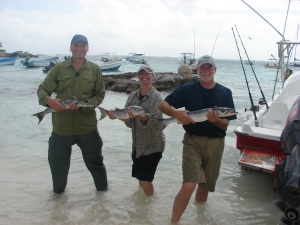The Invasion of the Army Ants
The first time it happened I didn’t know what the heck was going on. For some reason the brown jays (Psilorhinus morio) were having a great time working the leaf litter down at ground level instead of raising their ruckus in the jungle canopy like they usually do. Then I saw a large black scorpion halfway up the wall of our house in the broad daylight, just hanging out beside the kitchen door like he’d forgotten he was the most reclusive nocturnal animal on the planet. Then a medium-sized spider came leaping and bounding across the rockwork of our patio ten and twelve inches at a time, jumped into our swimming pool, ran across its surface like a water strider (who knew spiders could do that?), leaped out the other side, bounded, bounded again, hit the top of Susan’s foot hard enough that she felt it and looked down, and then disappeared into the landscaping. I stood there looking blankly around. Why’s everyone being so weird?
Then I saw the army ants.
This happens to us every several weeks, where we live here in the jungles outside of Tulum, on the Yucatan Peninsula in Mexico. In something you could loosely call a rhythm, the army ants come. They come in great streams and ribbons, moving across the ground and over rocks and logs, great rivers and trickles and cascades of ants weaving and interlacing across the landscape. At first you might notice a line or two of them, maybe somewhere down by your foot, then you have one of those breathtaking moments of dawning as your eyes move outward, taking in a moving tapestry of lines and paths across your property, and then you look to the right and left and the breadth of the scene sinks in, and finally you realize that the entire landscape is in motion—and you’re standing in the middle of it.
Susan and I are a little quicker on the uptake these days, and we usually figure out pretty quickly that we’ve got an army ant invasion on our hands, and one of us will holler, “ARMY AAAANTS!” and the other will race for the cinnamon (more on that in a moment). The first tip-off is usually the behavior of the local arachnids. It wasn’t immediately obvious to us why they were behaving so strangely because, well, it’s kind of hard to read the facial expression of a scorpion, but what he’s doing is hunkering in terror. As for the spider, he is doing what my forestry professor used to call “running like a striped-assed ape.” (It’s what you do when a tree falls the wrong way.) Another time we saw the same species of large, black scorpion (Centruroides gracilis ) dashing across the deck, stopping every foot or two to dislodge ants from himself with his pinchers or his stinger and fling them across the deck. One time not one but two scorpions were hunkering beneath the lip of our swimming pool. We’ve chatted with people and everyone knows these signs that the ants are coming. Our neighbor Thomas once saw a large spider take a hail-Mary leap from the top of a door frame, hitting the patio hard, where there were more ants, and that moment that he was briefly stunned was fatal for him. Life ain’t easy for these bugs when the legions come marauding. Army ants will kill thirty thousand insects in one of these campaigns. They are the Mongol hordes of the entomological world.
As far as I can tell, the ants Susan and I see are Eciton burchellii, although ant taxonomy can break a strong man’s heart. Fortunately, they are a well-studied ant, so I can tell you how these military campaigns unfold, and it’s pretty interesting. The first rampart of the invasion is a solid front sixty or so feet wide, made up of ants in the worker caste, who paint the prey animals with a pheromone, and when that pheromone hits you, your fate is pretty much sealed. It triggers attack by the masses coming behind, who are organizing more into trails and columns as they follow each others’ pheromone paths to the battle front. All these worker ants that do all the killing are almost completely blind. They just follow the pheromones and obey the orders that the pheromones convey. There is no thinking involved, yet the behavior of the colony is very intelligent. Ants in general do incredibly complex and sophisticated things with nothing on board that you or I would call a brain. It’s called collective intelligence, and it will blow your mind, but I already wrote that article.
It doesn’t always work, though. Sometimes the pheromone trail gets in a loop, as in this video that Susan and I shot near our house.
They call it an ant mill. This one is very small and very visible, but more typically they happen beneath the leaf litter, and they can be 1,200 feet across. The ants will eventually exhaust themselves and die. You can already see some dead bodies in the video.
Another caste of ants called the porters are long-bodied and long-limbed, looking a little like spiders, and they transport the dead bugs back to the nest, dismantling them first if necessary. They’re built like those lumber carriers you see sometimes. They can straddle something as big as a millipede and lug it back home. The outgoing ants on their way to the battle front yield the right-of-way to the burdened porters. And then at the sides of the columns you will see another caste of ants called soldiers, moving up and down and monitoring everything. They are also larger, and magnificently armed with wicked, sickle-shaped mandibles, and it’s their job to defend the workers, and, back on the home front, the queen.
Using appendages called tarsal hooks on their legs, they create hanging bridges with their bodies, easing the way for the fighters to advance to the front and the porters to return with the plunder. An ant will measure a gap in the landscape, and if it is smaller than his body he will bridge it and become immobile. If it is larger than him, he will attach himself to one side of the gap and the next ant will climb onto him and repeat the process.
They are thought of as insectivores but actually they will eat anything that is small enough for them to kill, or slow or sick enough that it can’t get out of the way. It ends up being largely insects, but it can also be rodents, farm animals, and even, in extremely rare cases, a person. (I read this in exactly one article, and could not confirm it elsewhere. I think it’s extremely rare for army ants to kill a human being.)
They don’t have permanent nests or burrows. Somewhere pretty near us there will be a living nest called a “bivouac” of over half a million ants in a location that is only semi-sheltered. They will be in a cylindrical or ellipsoidal mass up to three feet across, with their bodies linked by the tarsal hooks. The queen and the young are deep inside, protected by the chain-link walls of armored bodies. It may be tucked behind a log or hanging in a tree. Ants in general cannot regulate their body temperature, so they regulate the temperature of their nests architecturally, and army ants are no exception. Even though it’s a temporary, living bivouac made out of their own bodies, they open and close airways to thermal-regulate it, and make other changes to handle things like rainfall and direct sun.
The queen lays a bunch of eggs and for twenty days the colony keeps a fairly low profile, staying at that one bivouac and going on raids only every few days. The development of the eggs is synchronized so that they all hatch simultaneously on day twenty, and suddenly the colony has a zillion larval mouths to feed, and they enter a “nomadic” phase for another fifteen days, in which every single day there is a scorched-earth rampage involving one third of the colony, and they never bivouac in the same place twice.
Army ants don’t handle human development well. Fragmented habitats give them trouble because their forays are so numerous and so multi-directional. Some animals can make use of what are called “habitat corridors” left between developments, and will use them to move around and repopulate, but for army ants the corridors need to be extremely wide. So when an area gets effectively cut off from its surrounding jungle, the resident ants pretty quickly exhaust their prey populations and then perish themselves. And if you’re wondering why you need to care about the demise of such a megalomaniacal creature, here’s the answer: In tropical American jungles there are over 300 species of creatures who depend on the activities of the army ant in some way. Some think more like 600. The ecological spectacle that plays out during these raids is both sweeping and astonishing, and it is foundational to the ecology of the jungle. There are twenty-one species just of ant birds (thamnophilidae family), who make their living exclusively by following the raids and chowing down on the prey insects as they’re flushed out. These birds monitor the bivouacs, sharing information in a network, using specialized calls to notify each other as the raiding zones shift, and some think they may even understand the rhythm of the breeding cycles, remembering the locations of the bivouacs and returning at the right time to see if the troops are mustering yet. A whole range of other opportunistic birds like the jays I mentioned, as well as lizards, rodents and predatory insects all jump into the food fight. The ants pull their prey quickly beneath the leaf litter if they can, to avoid all the poaching. Butterflies and other insects are attracted to all the bird poop. Insects that are normally reclusive and nocturnal flee for their lives above ground in broad daylight, and fall victim not only to all the predators but also to parasitic creatures, so that if they somehow survive the ants and the birds and the lizards and the rodents, they will probably end up with fly or wasp eggs injected under their carapaces. The whole spectacle is one of the primary checks on the wild swings of insect numbers that you would otherwise get in a jungle. If you live in or near a jungle and you are not suffering through truly horrible booms and busts of bugs, it’s probably because you have some healthy army ant colonies around. They are what ecologists call a keystone species. The term is a reference to the keystone at the top of a stone arch. Remove it, and the whole thing collapses.
But if you do live in a jungle, here’s the funny thing about an army ant invasion: You don’t actually need to do anything. (Except avoid standing among them, I’ve learned—they do sting.) (Though I’ve had worse stings.) What you’re looking at here is a free pest extermination job, and it’s not only very thorough, it’s also pet-safe and non-carcinogenic. The local Mayan jungle dwellers around here just grab the kids and the chickens and vacate for a few hours, and when they return the house is pristine. Not a creepy-crawly anywhere, even an ant. The army ants come, but then they go. They are not here to infest your house, they are here to conduct a sweep. It’s possible to end up with a bivouac where didn’t want one, but outside of that, there is no harm in letting them into your house.
Susan and I used to keep them out of the house by putting lines of ground cinnamon across the thresholds. Army ants hate the stuff, and will not cross it. But lately we don’t even bother with that. In at least this one small way, we’ve gone local—the army ants are welcome.
Now you know.
Copyright © 2018 Randy Fry
Sources:
–https://sora.unm.edu/sites/default/files/journals/condor/v076n01/p0102-p0103.pdf
–https://www.insects.org/entophiles/hymenoptera/army-ants.html
–http://eol.org/pages/470832/details
–http://www.arkive.org/army-ant/eciton-burchellii/
–http://antark.net/ant-species/
–http://www.myrmecos.net/2013/10/11/army-ants-of-darkness-eciton-burchellii-parvispinum/
–https://askentomologists.com/2015/07/01/is-there-any-truth-to-the-rumor-that-ants-eat-cows-people-and-crops/

